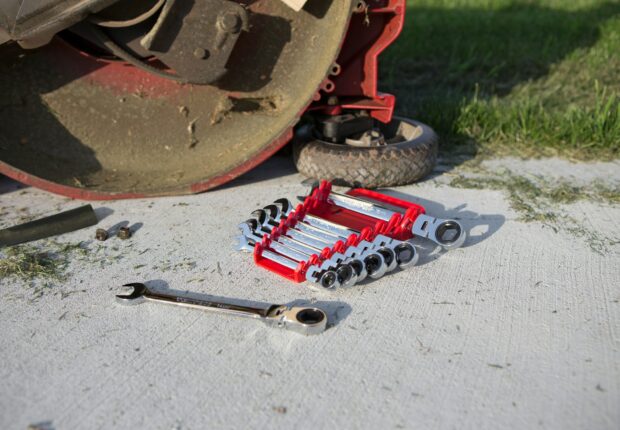
Healthy eating is often portrayed as an expensive lifestyle, leaving many to wonder if it’s truly attainable on a tight budget. The good news? Clean eating doesn’t have to drain your wallet.
Whether you’re a student, a parent, or someone just looking for healthier meal choices, there are plenty of ways to enjoy nutritious food while sticking to a budget.
This guide will walk you through everything you need to know about eating clean on a budget—including practical tips, affordable meal ideas, and insights into making healthier food choices that won’t empty your bank account.
What Is Clean Eating?
Clean eating isn’t about strict diets or calorie counting. At its core, it is about consuming whole, minimally processed foods that are as close to their natural state as possible. This usually means focusing on fruits, vegetables, whole grains, lean proteins, and healthy fats.
Clean eating encourages ingredients free from refined sugar, artificial additives, and preservatives, offering meals that fuel your body with essential nutrients.
While this lifestyle is touted for its health benefits, many assume it’s a costly endeavor. However, with the right strategies, clean eating and budget meals can go hand in hand.
Why Clean Eating Matters
Switching to clean eating has several proven health and wellness benefits, such as:
- Improved energy levels due to nutrient-dense meals.
- Weight management by avoiding calorie-heavy processed foods.
- Better digestion from whole foods with natural fiber.
- Enhanced long-term health, lowering the risk of chronic illnesses like heart disease and diabetes.
But you don’t need to spend a fortune to reap these benefits. With thoughtful planning, you can create budget meals that meet your clean eating goals.
Steps to Clean Eating on a Budget
Start With a Plan
The first step to eating clean on a budget is planning your meals. Having a clear plan not only minimizes food waste but also keeps you from making impulse purchases.
- Make a Shopping List: Write down everything you need before heading to the store and stick to it.
- Choose Weekly Recipes: Opt for meals that share similar ingredients to save money and avoid leftovers going to waste.
- Meal Prep: Dedicate a day to batch-preparing meals, which makes it easier to resist unnecessary takeout during the week.
Buy Seasonal and Local Produce
Fruits and vegetables are integral to clean eating, but they can sometimes feel pricey. A smart way to save? Buy what’s in season. Seasonal produce not only tastes better but is often cheaper due to abundance.
Additionally, check out local farmers’ markets for fresh, affordable options. Many small farmers sell produce at lower prices compared to grocery stores, and the quality is often higher.
Shop Smart
When you’re on a budget, shopping smartly can make all the difference. Here’s how:
- Buy in Bulk: Grains like rice, oats, quinoa, and lentils are staples in clean eating, and they’re much more affordable when purchased in bulk.
- Compare Unit Prices: When shopping, compare the unit price (price per ounce or gram) rather than the overall cost. This helps identify the better deal.
- Stick to Store Brands: Many generic or store-brand products offer the same quality as branded items but at a fraction of the price.
Focus on Affordable Protein Options
Protein is crucial when it comes to clean eating and staying full, but it doesn’t have to be expensive cuts of meat. Here are some budget-friendly protein choices:
- Beans and Legumes: Rich in protein and fiber, they’re extremely versatile in a range of dishes.
- Eggs: Affordable and packed with protein, eggs are perfect for any time of day.
- Canned Fish (like tuna, mackerel): An inexpensive way to add omega-3s to your meals.
- Chicken Thighs instead of breast meat for a cost-effective meat option.
Cut Down on Processed Foods
Processed foods like frozen dinners, flavored snacks, and sugary cereals might seem convenient, but they often cost more over time without offering real nutritional value. Preparing your meals from scratch ensures you’re eating whole, clean ingredients while saving money.
For example, rather than buying pre-packaged oatmeal, opt for plain rolled oats and add your fruit and sweeteners. It’s healthier, cheaper, and just as quick to prepare.
Master Budget-Friendly Recipes
Clean eating on a budget doesn’t mean sacrificing variety or flavor. Here are a few recipe ideas to get started with:
- Vegetable Stir-Fry with brown rice or quinoa. Use local vegetables and budget-friendly soy sauce for a satisfying, clean dish.
- Homemade Soups and Stews like lentil soup or vegetable barley stew.
- Overnight Oats with fruits and nuts for a healthy, grab-and-go breakfast.
- Baked Sweet Potato stuffed with black beans, salsa, and avocado.
- Simple Grain Bowls combine affordable ingredients like roasted veggies, grains, and a dollop of hummus or tahini dressing.
Tools and Resources for Clean Eating Success
To make your clean eating lifestyle smoother, consider the following tools and habits:
- Invest in Reusable Storage for meal prepping and leftovers.
- Download Free Meal-Planning Apps to keep your food and budget organized.
- Join Local Food Co-Ops where members pool their money to buy fresh produce at discounted rates.
Keep Clean Eating Affordable
Clean eating doesn’t need to be intimidating or expensive. With a little strategy, thoughtful shopping, and creativity in the kitchen, you can make healthy food a consistent part of your lifestyle while sticking to your budget.
Start small by incorporating one or two tips at a time. You might be surprised at how these minor adjustments lead to significant savings. Looking for more budget-friendly ideas? Share your recipes or questions in the comments below. Let’s build a community of clean eaters who inspire and support one another!








